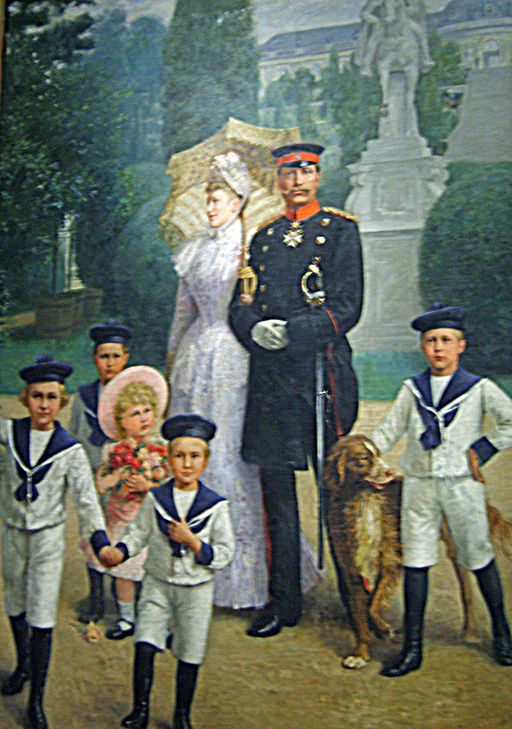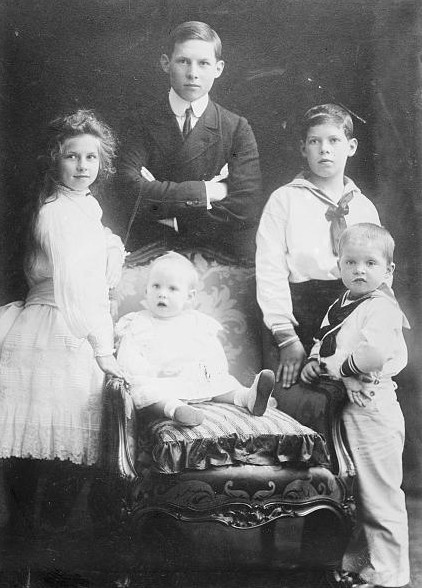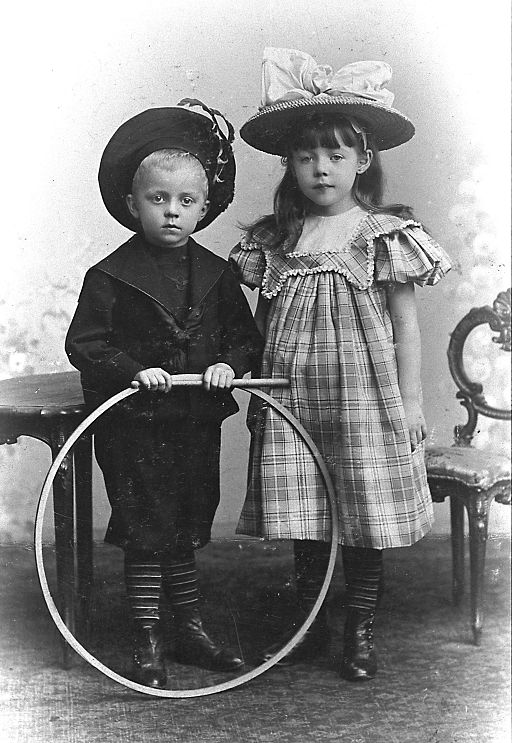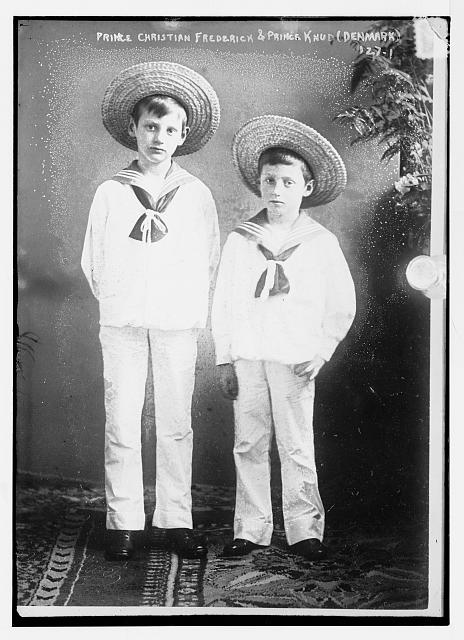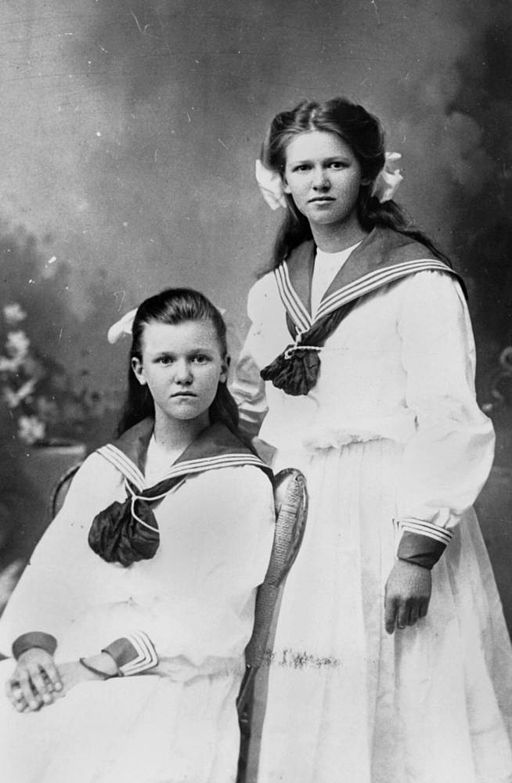On Friday I wrote about some bizarre (to us) eighteenth-century children’s fashions. What became the dominant fashion for kids of the nineteenth century? Sailor suits. To look at photos and portraits of kids from that century, you’d be forgiven for wondering if platoons of kids had been conscripted into the navy, both in England and in America. According to the FIDM museum website, the style for sailor suits for kids was prompted by this picture of Prince Albert, painted in 1846.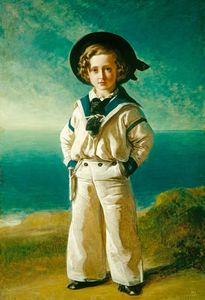
According to that website, the British Royal Navy was a symbol of the United Kingdom’s colonial empire and position as a world power. “By dressing Albert Edward and her other sons in naval uniforms, Queen Victoria indicated her aspirations for her children and her country.” Children of royalty in other countries began wearing sailor suits modelled after their own navies, and eventually, the style made its way to the United States, and trickled down to everyday wear, for children of means at least. Sailor suits were appropriate for everything from fancy dress to school uniforms.
For formal wear (which is what most kids wore to be photographed), girls were still way behind boys in the comfort department. Girls’ corsets were not discarded until well into the 19thcentury. Fancy dress for girls included frills, lace and ruching, usually worn with thick wool stockings and side-buttoned, ankle-length boots (even in summer).
By the end of the nineteenth century, girls were finally permitted simpler, more practical “pinafore” dresses, often with aprons, although still with those thick black stockings, tightly-buttoned or lace-up boots—and woolen undergarments.
By the turn of the century, you start to see both girls and boys wearing sailor suits—navy blue wool in winter, white cotton in summer. Although this was a pre-zipper (these were patented in 1893 but didn’t trickle down to kids’ clothing for awhile), pre-Velcro, pre-stretch-fabric time, these clothes must have been a godsend for mothers or nursemaids. Imagine getting a kid dressed and undressed with all those multiple tiny buttons. Scroll down and have a look.
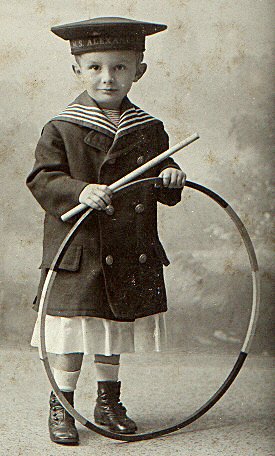 By the time of the first World War, children’s formal clothes were finally replaced by more practical garments, thanks largely to the fact that there were so many fewer servants available to help children get their clothes on and off.
By the time of the first World War, children’s formal clothes were finally replaced by more practical garments, thanks largely to the fact that there were so many fewer servants available to help children get their clothes on and off.
